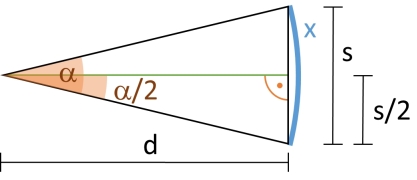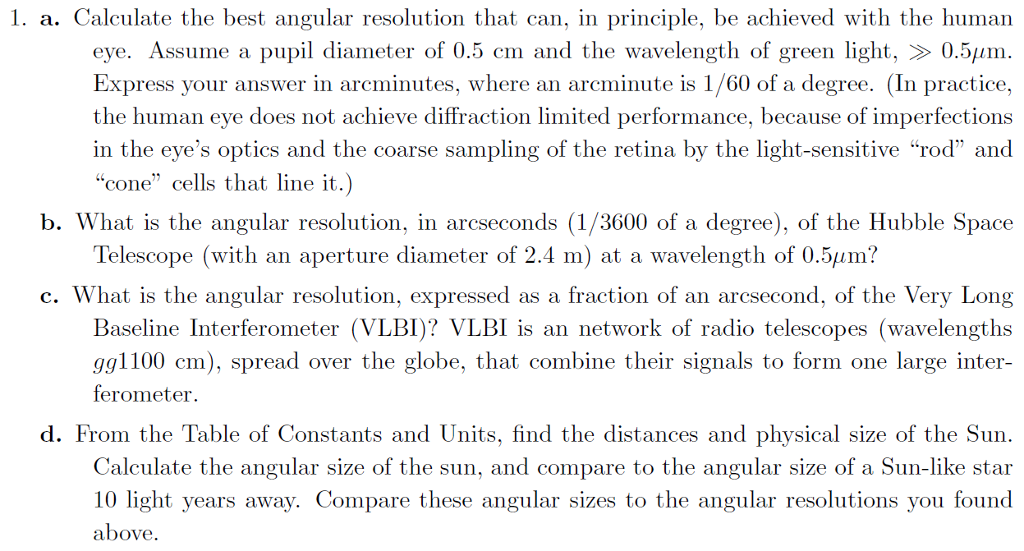
The Rayleigh Criterion (Figure 2) defines the limit of resolution in a diffraction-limited system, in other words, when two points of light are distinguishable or resolved from each other. Rayleigh built upon and expanded the work of George Airy and invented the theory of the ‘Rayleigh Criterion’ in 1896. He wrote on a huge range of topics as diverse as bird flight, psychical research, acoustics and in 1895, he discovered argon (for which he was later awarded the Nobel Prize in Physics in 1904). During his lifetime, he wrote an astonishing 466 publications including 430 scientific papers. John William Strutt, 3rd Baron Rayleigh (1842-1919) was an English physicist and a prolific author. Lateral resolution in an ideal light microscope is limited to around 200 nm, whereas axial resolution is around 500 nm (for examples of resolution limits, please see below). However, even taking all of these factors into consideration, the limits in a real microscope system are still somewhat limited due to the complexity of the whole system, transmission characteristics of glass at wavelengths below 400 nm and the achievement of a high NA in the complete microscope. In order to increase the resolution (d=λ/2 NA), the specimen must be viewed using either shorter wavelength (λ) light or through an imaging medium with a relatively high refractive index or with optical components which have a high NA (or, indeed, a combination of all of these factors). Abbe recognised that specimen images are composed of a multitude of overlapping, multi-intensity, diffraction-limited points (or Airy Discs). In 1873, Abbe published his theory and formula which explained the diffraction limits of the microscope. Abbe was also the first person to define the term numerical aperture. In addition, he also co-founded Schott Glassworks in 1884. The three-dimensional representation of the Airy Pattern as illustrated in the lower half of Figure 1 is also known as the ‘Point-Spread Function’.Įrnst Karl Abbe (1840-1905) was a German mathematician and physicist and in 1866, he met Carl Zeiss and together they founded what was known as the ‘Zeiss Optical Works’, now known as Zeiss. There are of course many points of light in a specimen as viewed with a microscope, and it is more appropriate to think in terms of numerous Airy Patterns as opposed to a single point of light as described by the term ‘Airy Disc’. The central point of the Airy Disc contains approximately 84% of the luminous intensity with the remaining 16% in the diffraction pattern around this point. The diffraction pattern is determined by the wavelength of light and the size of the aperture through which the light passes.

Viewed from above (Figure 1), this appears as a bright point of light around which are concentric rings or ripples (more correctly known as an Airy Pattern).

Despite writing in a different scientific field, these observations are relevant to other optical systems and indeed, the microscopeĪn Airy Disc is the optimally focussed point of light which can be determined by a circular aperture in a perfectly aligned system limited by diffraction. Airy wrote this paper very much from the view of an astronomer and in it he describes “the form and brightness of the rings or rays surrounding the image of a star as seen in a good telescope”. From 1835 to 1881he was the ‘Astronomer Royal’ and he has a lunar and Martian crater named in his honour.Īlso in the year 1835, he published a paper in the Transactions of the Cambridge Philosophical Society entitled ‘On the Diffraction of an Object-Glass with Circular Aperture’.


By the 1826 (aged 25) he was appointed Professor of Mathematics at Trinity College and two years later, he was appointed Professor of Astronomy at the new Cambridge Observatory. George Biddell Airy (1801-1892) was an English mathematician and astronomer. George Biddell Airy and ‘Airy Discs’ (1835)


 0 kommentar(er)
0 kommentar(er)
